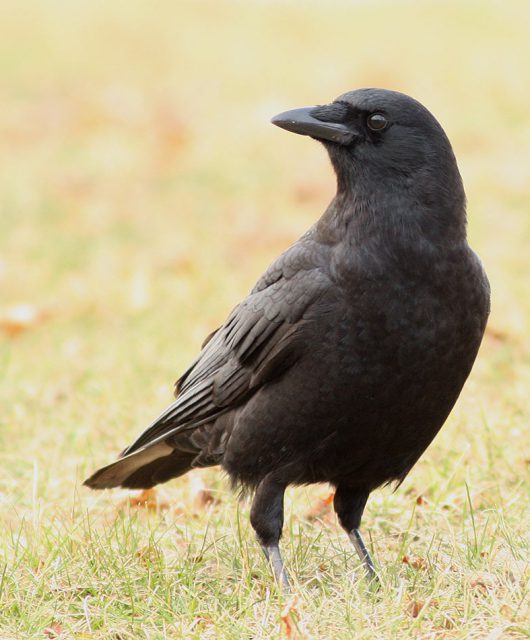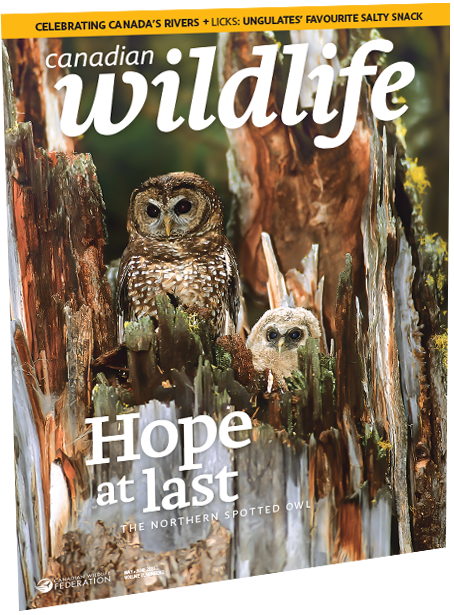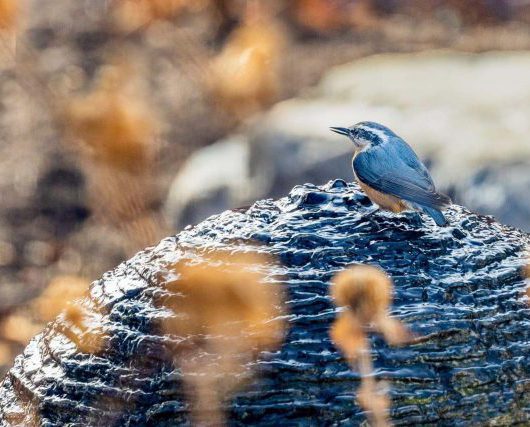And gannets and swallows and sparrows and… A new study suggests there are 50 billion birds on the wing in the world. Some are plentiful, other species have dwindled to fewer than 5,000
While we know there are roughly 11,000 bird species in the world, that does not tell us how many birds there are. Years ago, I recall reading in an ornithology textbook that there were about 200 billion feathered creatures on the planet. About a quarter century ago, a scientifically derived estimate put the number higher, somewhere between 200 billion and 400 billion birds. But it turns out that estimate was based on outdated data collection methods and faulty analysis.
Now we have a better sense of the actual numbers. According to a study published in Proceedings of the National Academy of Sciences this past spring, based on 9,700 well-studied species, the real number is roughly 50 billion, which works out to six birds for every human on Earth. The research team, working mostly out of the University of New South Wales in Australia, used multiple pools of data to estimate the overall count, including data collected by Partners in Flight, a consortium of organizations studying bird migration worldwide; BirdLife International, the world’s top bird conservation organization; and eBird, a relatively new source of “citizen-science” data originating from volunteers’ reports.

Among the fascinating insights, the researchers identified the only four species whose worldwide numbers exceed one billion: house sparrows at 1.6 billion, Eurasian starlings at 1.3 billion, ring-billed gulls at 1.2 billion and barn swallows at 1.1 billion. I will confess that I was a bit surprised (and encour-aged!) by the latter, if only because it is well documented that aerial insectivores are among the most endangered avian species in the world.
Another more sobering number appears at the other end of the abundance scale: at least 1,180 species have fewer than 5,000 individuals alive today. We need to work much harder to reverse that number if we are to avoid losing more species altogether.
Set against this worrisome trend is the amazing story of a breeding pair of common loons in Seney National Wildlife Refuge on Michigan’s Upper Peninsula. A male aged 34 and a female at least a year older—we know because each bird sports an aluminum numbered leg band—are the oldest known common loons alive. The couple, returning to the refuge to breed every year, have raised 29 young. For these remarkable loons to have lived this long and bred so successfully, they have overcome a great many hazards—lake acidification, reduced fish populations, toxic mercury from natural and human sources, lead poisoning from lost fishing gear, disturbance during the breeding season from humans competing for use of the habitat and, not least, their 5,000-km annual migration to Florida and back, more hazardous than ever due to increasingly severe weather systems caused by global heating. Both even managed to survive two separate botulism outbreaks at Seney that decimated the refuge’s population—and from which it has not fully recovered.
These uncommon common loons are a heartwarming reminder of avian resilience. It is up to all of us to ensure all birds have the same opportunity.

Reprinted from Canadian Wildlife magazine. Get more information or subscribe now! Now on newsstands! Or, get your digital edition today!




